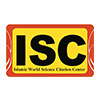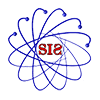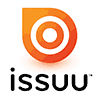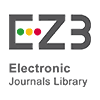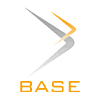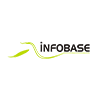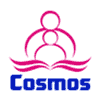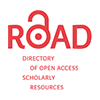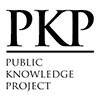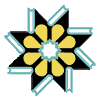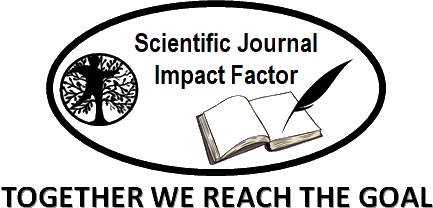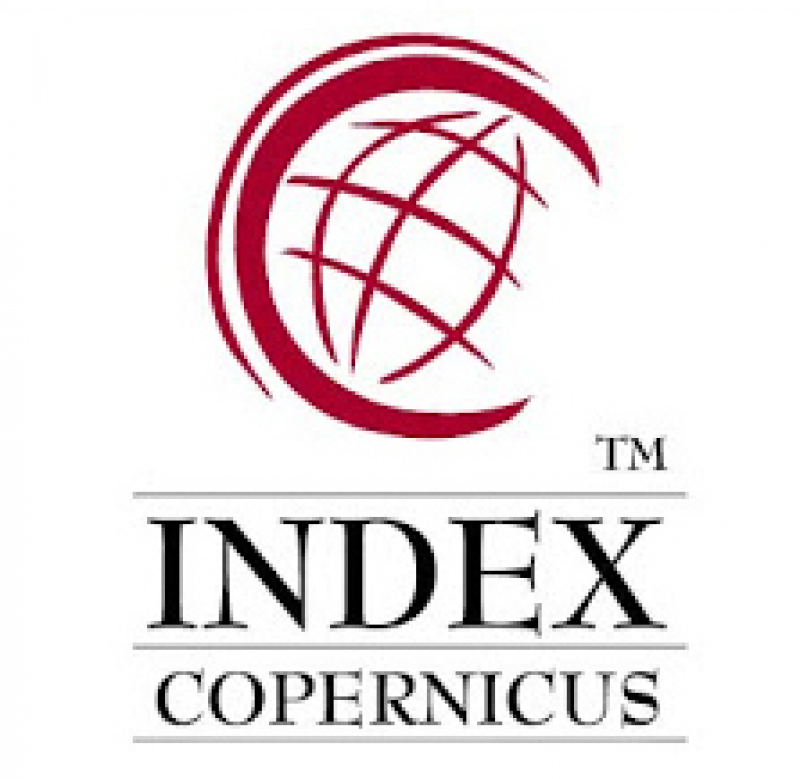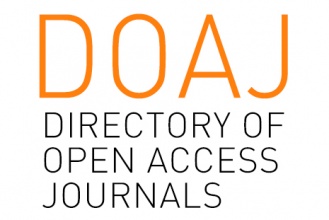The March 1st, 1919 Korean Movement: The First Steps of the Korean Independence Struggle
Abstract
Keywords
Full Text:
PDFReferences
Chae, Grace J. (2016). "The Korean War and its Politics" in Michael J. Seth, editor, The Routledge Handbook of Modern Korean History. London: Routledge.
Cumings, Bruce. (2005). Korea's Place in the Sun: A Modern History. Updated edition. New York: W.W. Norton and Company.
Cumings, Bruce. (2011). The Korean War: A History. New York: Modern Library.
Daeyeol, K. (2021). The March First Movement 1919 In Korea 1905-1945: From Japanese Colonialism to Liberation and Independence. Amsterdam University Press. Halaman 106-138. https://www.cambridge.org/core/books/abs/korea-19051945/march-first-movement-1919/ADBF0882C01B375CD13DAC373FE43753.
Deede, Sara Elizabeth. (2010). Activism And Identity: How Korea’s Independence Movement Shaped the Korean Immigrant Experience in America 1905-1945. Portland State University. Diakses online pada 19 Februari 2023. https://pdxscholar.library.pdx.edu/open_access_etds/174/
Eun, Kang Seong. (2019). Historical Meaning of the March First Movement and the Korean National Representatives. Korean Humanities, 5(1). https://doi.org/10.17783/IHU.2019.5.1.47.
Gottschalk, Louis. (1986). Mengerti Sejarah. Jakarta: UI Pres.
Hanley, Charles J. (2020). Ghost Flames: Life and Death in a Hidden War, Korea 1950-1953. New York: Hachette.
Hwang, Kyung Moon. (2010). A History of Korea. New York: Palgrave Macmillan.
Hwang, Kyung Moon. (2019). Past Forward: Essays in Korean History. Anthem Press. Halaman 78-81. https://www.cambridge.org/core/books/abs/past-forward/march-first-independence-movement/67366DDA336D137E553C9D17C79A46A1.
Ismaun. (2005). Sejarah Sebagai Ilmu. Bandung: Historia Utama Press.
Kartodirdjo, S. (2017). Pendekatan Ilmu Sosial Dalam Metodologi Penelitian Sejarah. Ombak.
Kim, Richard S. (2006). “Inaugurating the American Century: 1919 Philadelphia Korean Congress, Korean Diasporic Nationalism, and American Protestant Missionaries,” Journal of American Ethnic History, Vol. 26, No. 1.
Kuntowijoyo. (2013). Pengantar Ilmu Sejarah. Bentang Pustaka.
Masayuki, Nishi. (2007). March 1 and May 4, 1919 in Korea, China & Japan: Toward an International History of East Asian Independence Movements. The Asia-Pacific Journal: Japan Focus, Vol. 5 No.10. https://apjjf.org/-Nishi-Masayuki/2560/article.html
Seth, Michael J. (2023). Korea at War. Conflicts That Shaped the World. Singapore: Turtle Publishing.
Sulasman. (2014). Metodologi Penelitian Sejarah, Teori, Metode, Contoh, Aplikasi. Bandung: Pustaka Setia.
Syamsudin, Helius. (2007). Metodologi Sejarah. Yogyakarta : Penerbit Ombak.
Wada, Haruki. (2014). The Korean War: An International History. Lanham, MD: Rowman & Littlefield.
Wasino, & Hartatik, E. S. (2018). Metode Penelitian Sejarah Dari Riset Hingga Penulisan. Magnum Pustaka Utama.
Wells, K. M. (1989). Background to the March First Movement: Koreans in Japan, 1905—1919. Korean Studies, 13, 5–21. http://www.jstor.org/stable/23717806
Yŏng‐ho Ch'oe, Peter H. Lee, dan Wm. Theodore de Bary. (2000). Sources of Korean Tradition Vol 2. New York: Columbia University Press. Columbia University Press. Halaman 337-339. https://www.afe.easia.columbia.edu/ps/korea/march_first_declaration.
DOI: http://dx.doi.org/10.18415/ijmmu.v12i1.6370
Refbacks
- There are currently no refbacks.
Copyright (c) 2025 International Journal of Multicultural and Multireligious Understanding

This work is licensed under a Creative Commons Attribution-NonCommercial-NoDerivatives 4.0 International License.
https://ijmmu.com
editor@ijmmu.com
facebook.com/ijmmu
Copyright © 2014-2018 IJMMU. All rights reserved.







